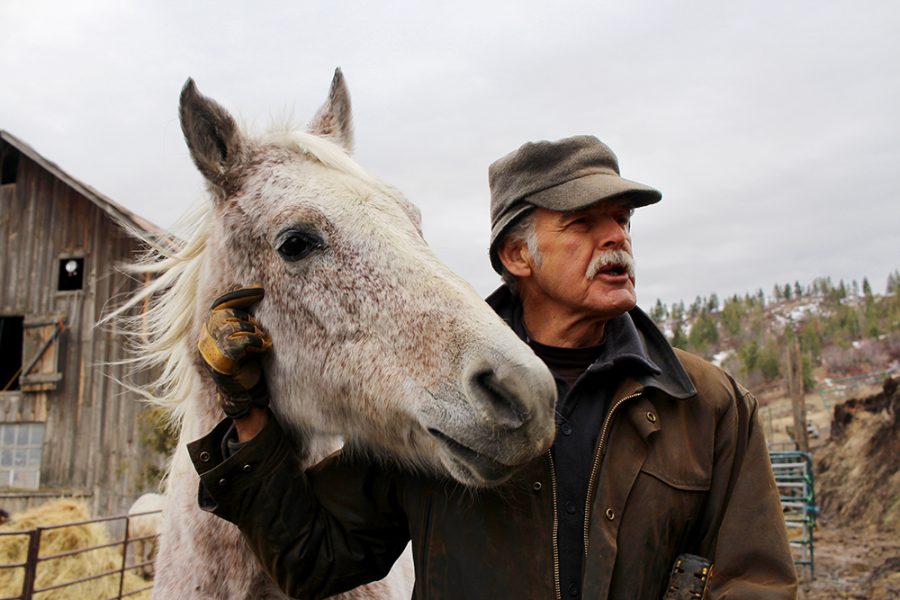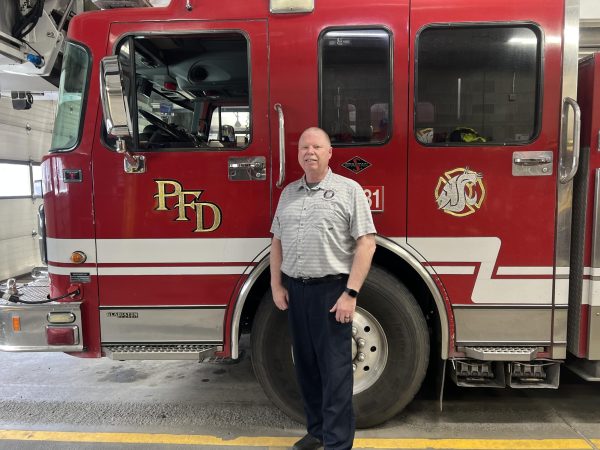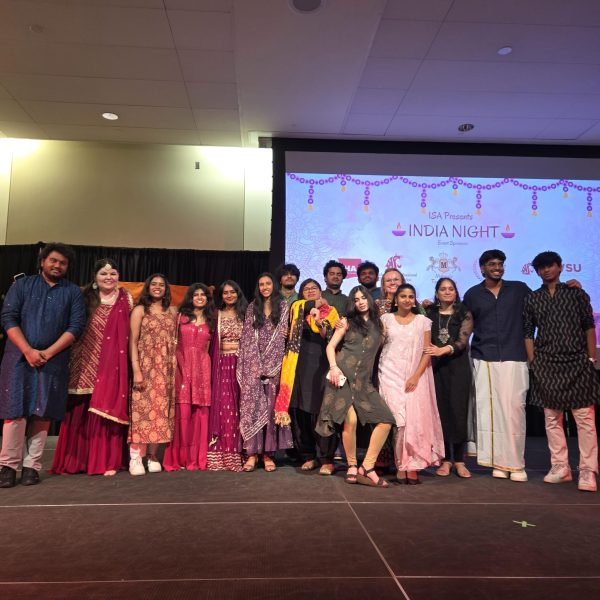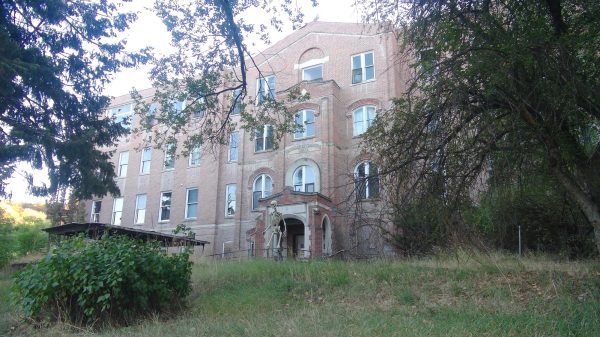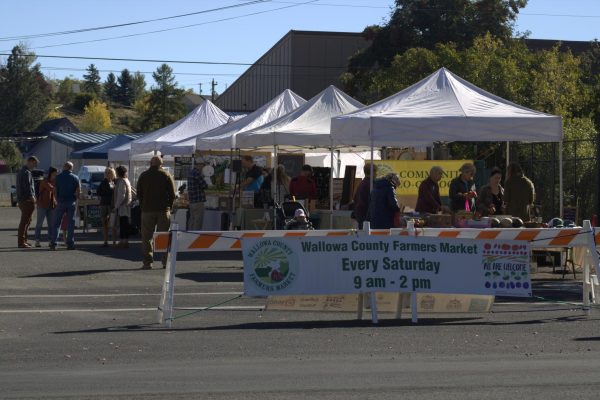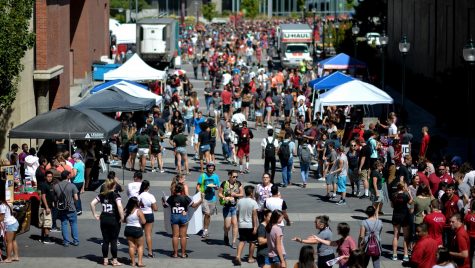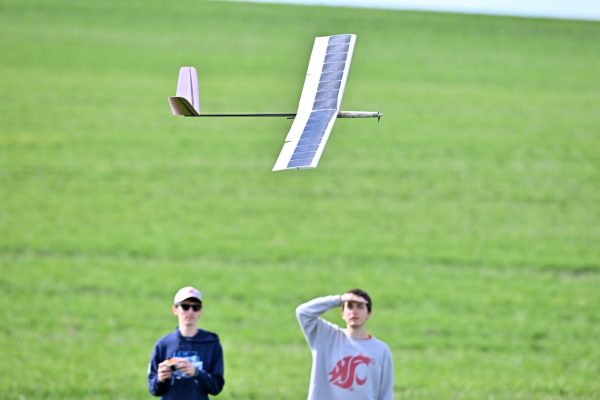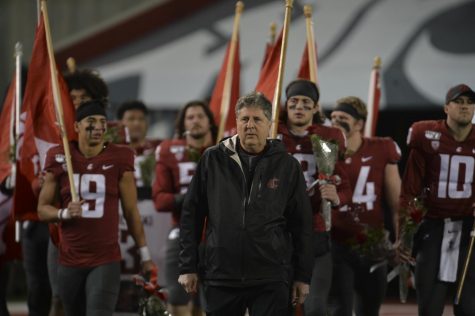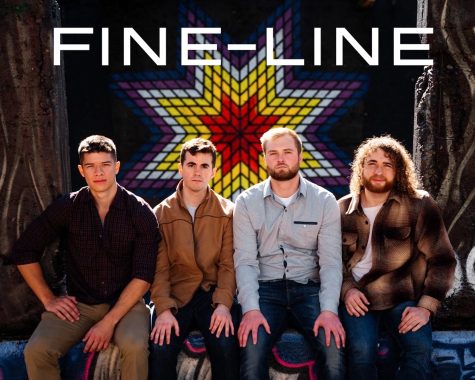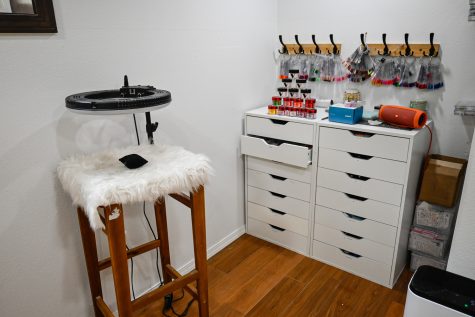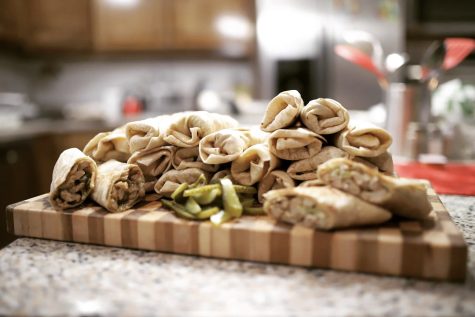79 horses, 45 years, one man
Brent Glover began rescuing horses in 1975. Today his rescue near Viola, Idaho is home to dozens of horses rescued from race tracks, court orders and shelters
Brent Glover, president and main caretaker of Orphan Acres, talks about the struggles of taking care of nearly 70 horses and where his passion with rescuing horses began on Jan. 31 at Orphan Acres in Viola, ID.
A one-eyed horse neighed in a wooden stall as Orphan Acres president Brent Glover stood on a ladder to change a lightbulb.
Miss Degree (“Miss D” for short) is one of 79 horses Glover takes care of with the help of volunteers at Orphan Acres, a nonprofit horse sanctuary.
The smell of manure and the sound of neighing hit before cars reach the driveway at the 200-acre sanctuary just a few miles outside Viola, Idaho.
“It just sort of happened, then we started growing and growing,” Glover said.
Glover started Orphan Acres in 1975 to rescue horses who were mistreated by their previous owners. He said it’s one of the oldest horse sanctuaries in the country.
None of the horses are purchased, Glover said. All horses come from People for the Ethical Treatment of Animals, court orders, shelters or owners that can’t take care of them any more.
He said some horses have blown-out knees, missing eyes and others have bad backs.
“The food goes in one end and it comes out the other,” Glover said. “It’s what you do in-between that creates what you get.”
He said the various problems the horses endure are due to “human stupidity.”
In some cases, trainers want to race their horses to make money. Because of this they start racing them too young, which then leads to back and knee problems, Glover said.
“If she gets a top place in a race, she wins,” Glover said. “She’s got blue ribbons and her price just quadrupled.”

Horses shouldn’t be ridden until they’re 3 or 4 years old, he said. But some owners ride them starting when they’re 2 years old.
The horses’ ages at Orphan Acres range from 18 months to about 49 years.
Queenie, a 32-year-old mare, ran in one of the biggest horse races in the U.S. at Churchill Downs but retired because she had blood in her lungs, Glover said.
Queenie’s average baby sold for $300,000 each, he said. She’s worth $1 million herself.
“She never lost a race,” Glover said, “but something obviously wasn’t right.”
He said about 600 volunteers visit the ranch every year.
Kenneth Dinyuy, a WSU freshman majoring in finance, started volunteering at Orphan Acres through the WSU Center for Civic Engagement (CCE) last semester.
Dinyuy has visited Orphan Acres twice so far but plans to volunteer every weekend this semester, he said.
“It’s about horses, I like horses,” he said. “I thought, ‘why not?’”
Dinyuy said the trip can last between three to four hours. The CCE provides transportation to Orphan Acres.
During the time Dinyuy volunteered, there were about six others from WSU, as well as a group from the University of Idaho, he said.
Dinyuy said they shoveled out the stables, gave the horses hay and helped wherever they were needed.
“Knowing they’re being well taken care of makes it worth it,” he said.
Glover said volunteers come from groups such as WSU, University of Idaho, Girl Scouts and church groups.
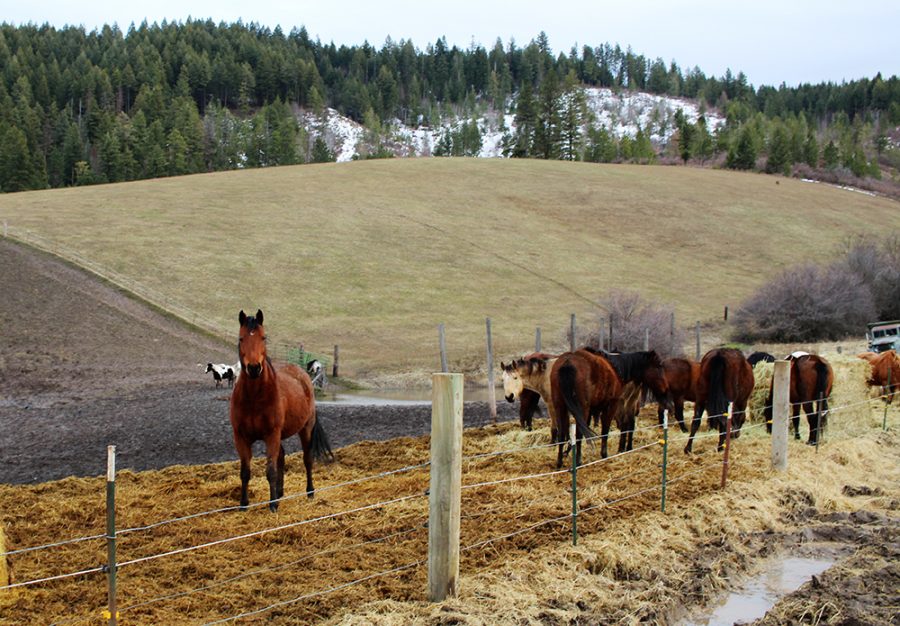
It costs around $20,000 a month to keep Orphan Acres afloat, he said. Expenses include the power bill, hay, feed and vitamins.
Glover said another expense is paying veterinary bills. He said there hasn’t been a local veterinarian that is willing to donate their labor.
In addition to taking care of 79 horses, Glover also helps the Idaho Fish and Game rescue deer and wildlife that have been hit by cars.
He said the animals usually stay for about a year then they are released back to the wild.
When Glover looks to the future, he said he hopes to host more programs for people with disabilities and veterans with PSTD. He said another goal is to build an indoor arena on the property.

Madysen is a Senior journalism and media production major from Rosalia, Washington. She also is involved with Residence Life, the Association for Women...


